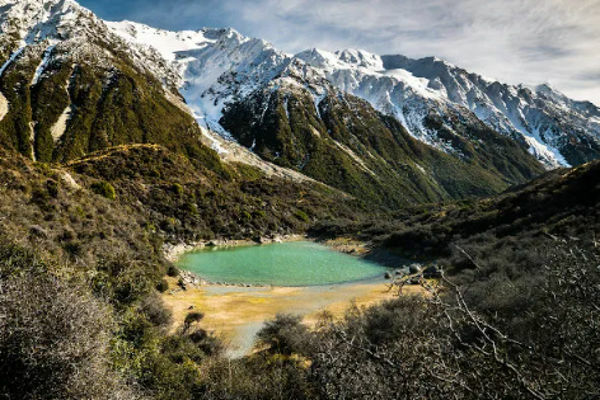Maceió face the risk of a rock salt mine collapse and cause a large crater. The Civil Defense of the capital of Alagoas informed in a note, late this Tuesday morning (5), that there is an alert due to the imminent risk of collapse of mine nº 18, located in the CSA countryside region, in the neighborhood Mutange.
The guideline is that the population does not circulate in the already unoccupied area until a new update from the Civil Defense. The agency reported that the vertical displacement reached the mark of 1.86 meters to date (5).
Maceió city hall decreed public emergency for 180 days given the situation. According to Abelardo Nobre, general coordinator of the Civil Defense of Maceió, it is not possible to measure the size of the crater that could open with the collapse, as the scenario is unprecedented and the data cannot make a prediction.
On March 3, 2018, Maceió was affected by an earthquake, with a magnitude of 2.4 on the Richter scale, according to the Seismology Center of the University of São Paulo (USP). That same year, cracks appeared in houses and streets in neighborhoods close to the Braskem mining company, located in the Mutange neighborhood, on the banks of Lagoa Mundaú. As a result, the affected area had to be vacated. The population demands responsibility for the mining company, as well as for relocation and resources.
The Environmental Institute of the State of Alagoas (IMA-AL) fined Braskem more than R$72 million for environmental damage and the risk of collapse of mine No. 18. The corporation was also fined for omitting information on the mine issue. The company has received 20 fines since 2018.
Braskem's first fine refers to denvironmental degradation caused by the mining company's activities, which affect the safety and well-being of the population. In this case, the fine was R$70.2 million.
What are the causes of the mine collapse in Maceió?
The mine collapse warning in Maceió is due to a long exploration in the region, combined with location of one of the mines in an area of geological fault, says Augusto Neto, author of Geography in the pH Education System. In a simplified way, the professor explains that it is as if large holes were formed underground that are not filled.
To prevent risks of collapse in exploration mines, it is essential to geological monitoring continuously, emphasizes Augusto. This work must ensure that the activity is not being carried out in regions where there are tectonic faults or some type of geological instability.
Filling the cavities created underground with the removal of salt is crucial in the process of preventing accidents, warns the educator.
The main consequences of the collapse of the mine in Maceió are human, considers Augusto. They are about 60 thousand people displaced of the neighborhoods that are under alert. In this process there are relocation costs, compensations, land filling, reconstruction of properties, Neto list.

Credit: Cibele Tenório / Agência Brasil.
The crisis in Maceió is not the first, and unfortunately will not be the last of its kind, and it highlights the importance of responsible management of natural resources and the prevention of environmental disasters. It is urgent that all companies understand, in addition to the obvious ethical issues, that this type of expense is not an expense, but an investment. In legal security, in the construction of your images and in the economic sustainability of your own businesses.
Augusto Neto

Understand what tectonic plates are and the main ones in this article.
What is rock salt and how is it exploited?
Rock salt is a type of sodium chloride, found underground and extracted through well drilling, says Augusto Neto.
The professor explains that once extracted, water is injected into the rock salt so that it dissolves, forming a type of brine. In this way, the liquid formed is pumped to the surface.
Rock salt is used in the production of PVC, caustic soda, chlorine, among other products.
check out: The main inorganic salts
Do not stop now... There's more after the advertising ;)
Video lesson on the definition and classification of salts
Watch the video lesson that explains the definition and classification of salts:
Image credit:
[1] Itawi Albuquerque / Secom Maceió
[2] Cibele Tenório / Agência Brasil
By Lucas Afonso
Journalist

